Aarhus and Hull are both home to some of the largest machines you might get to see.
Across the water from the city centre in each you’ll find the cranes and lifters of their respective ports – moving containers cars and bulk material by the tonne. While the new Siemens factory in Hull has begun fabricating 75m log turbine blades – the world’s largest handmade fiber glass components cast as a single element.
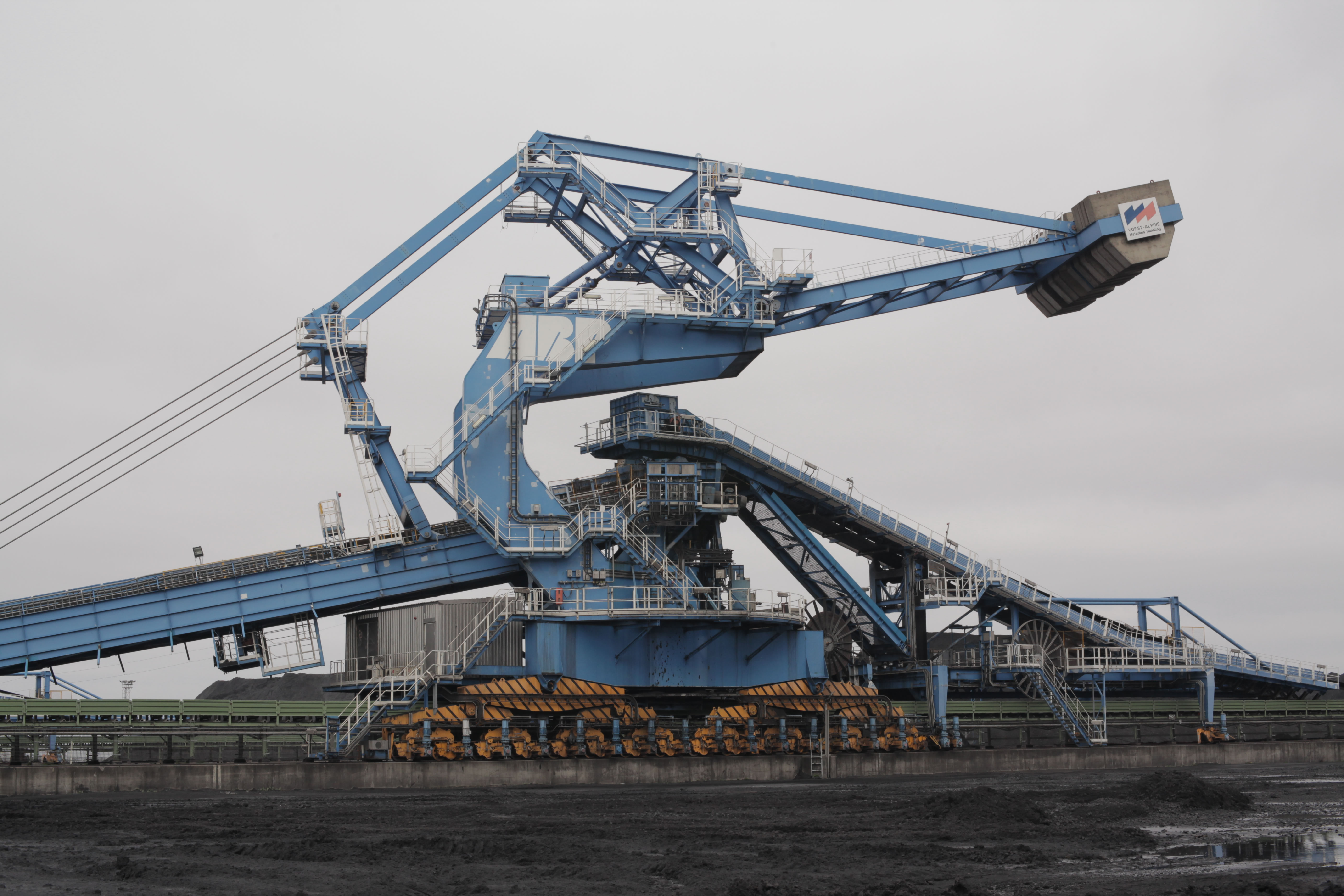
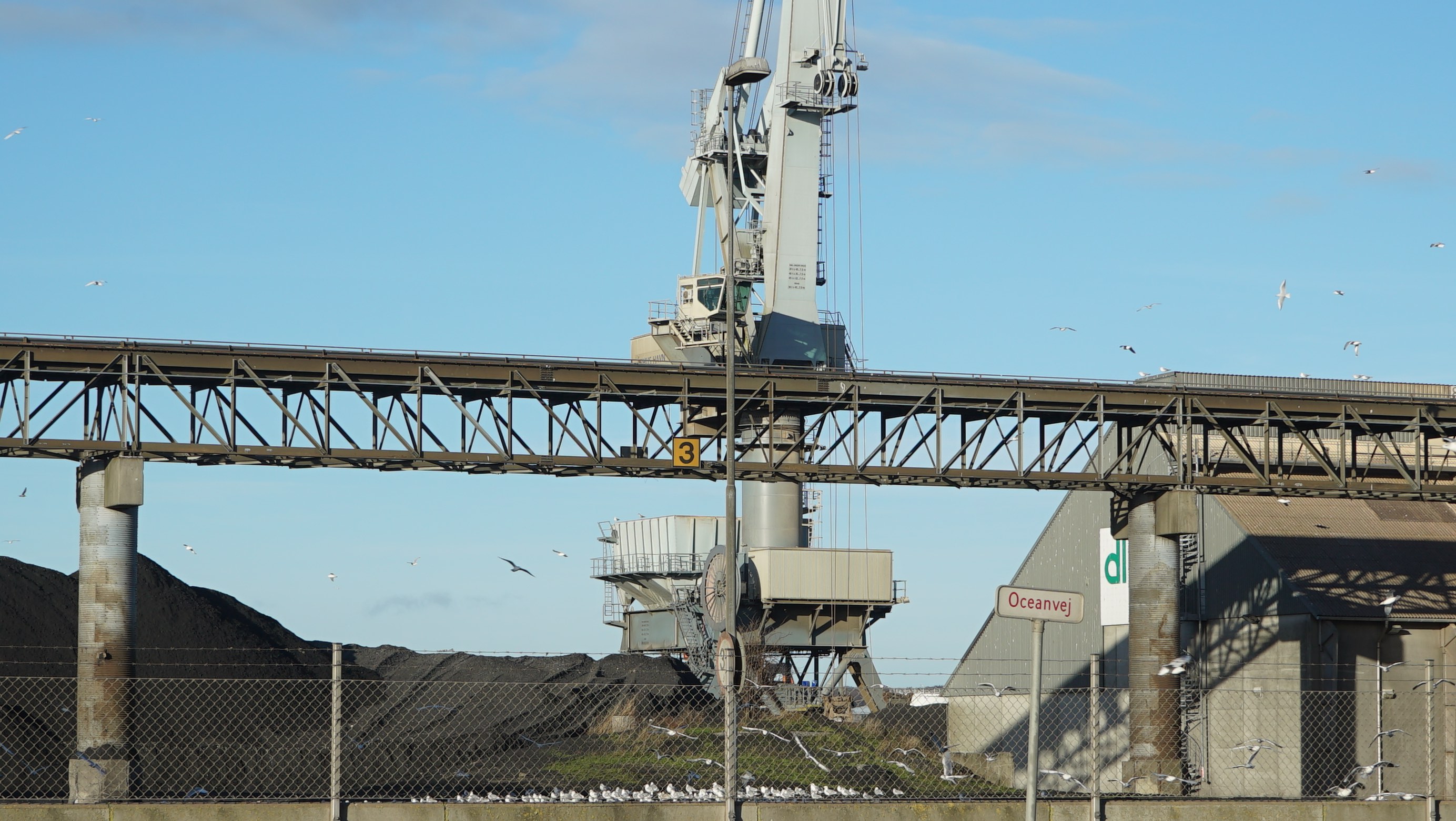
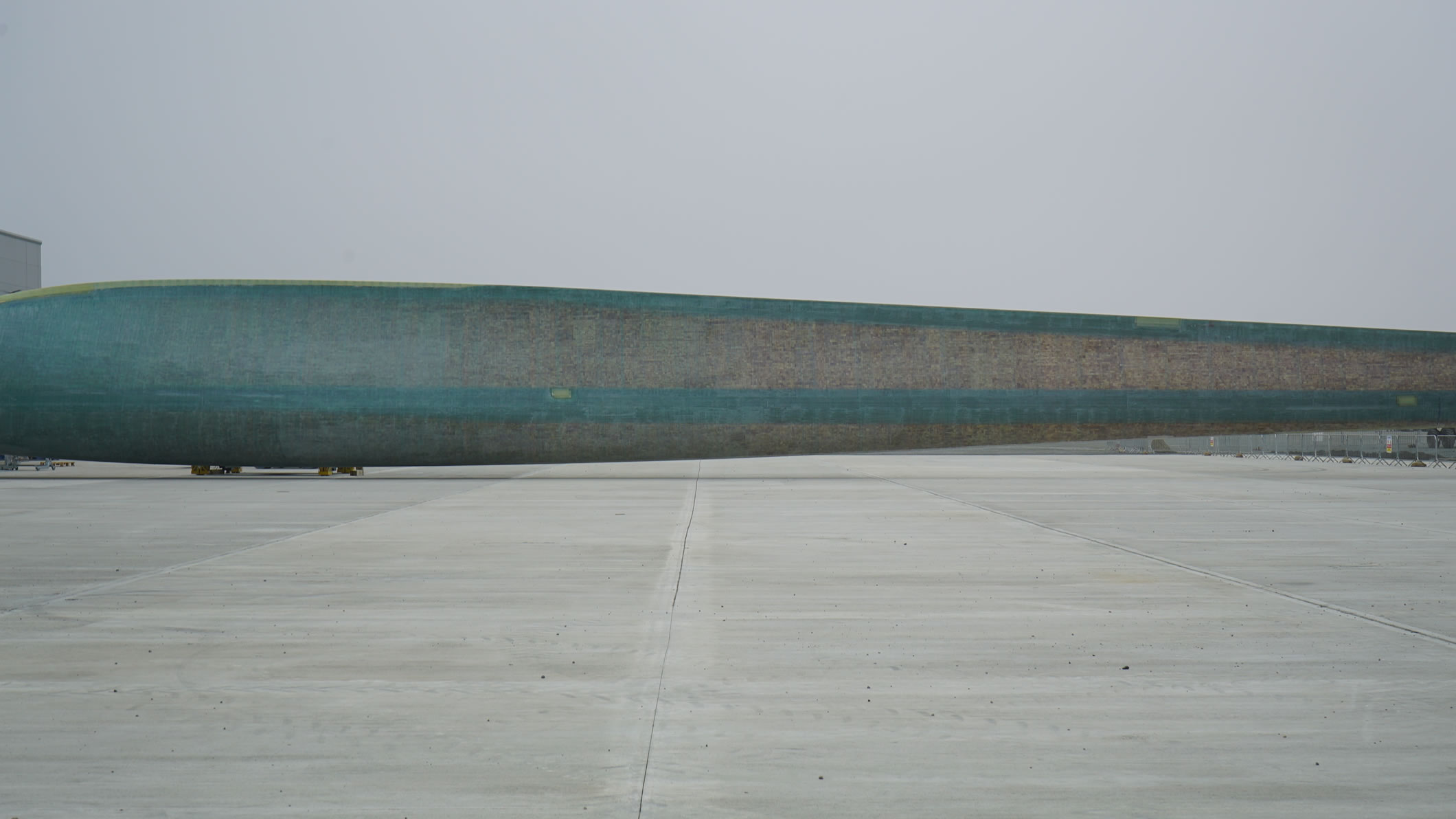
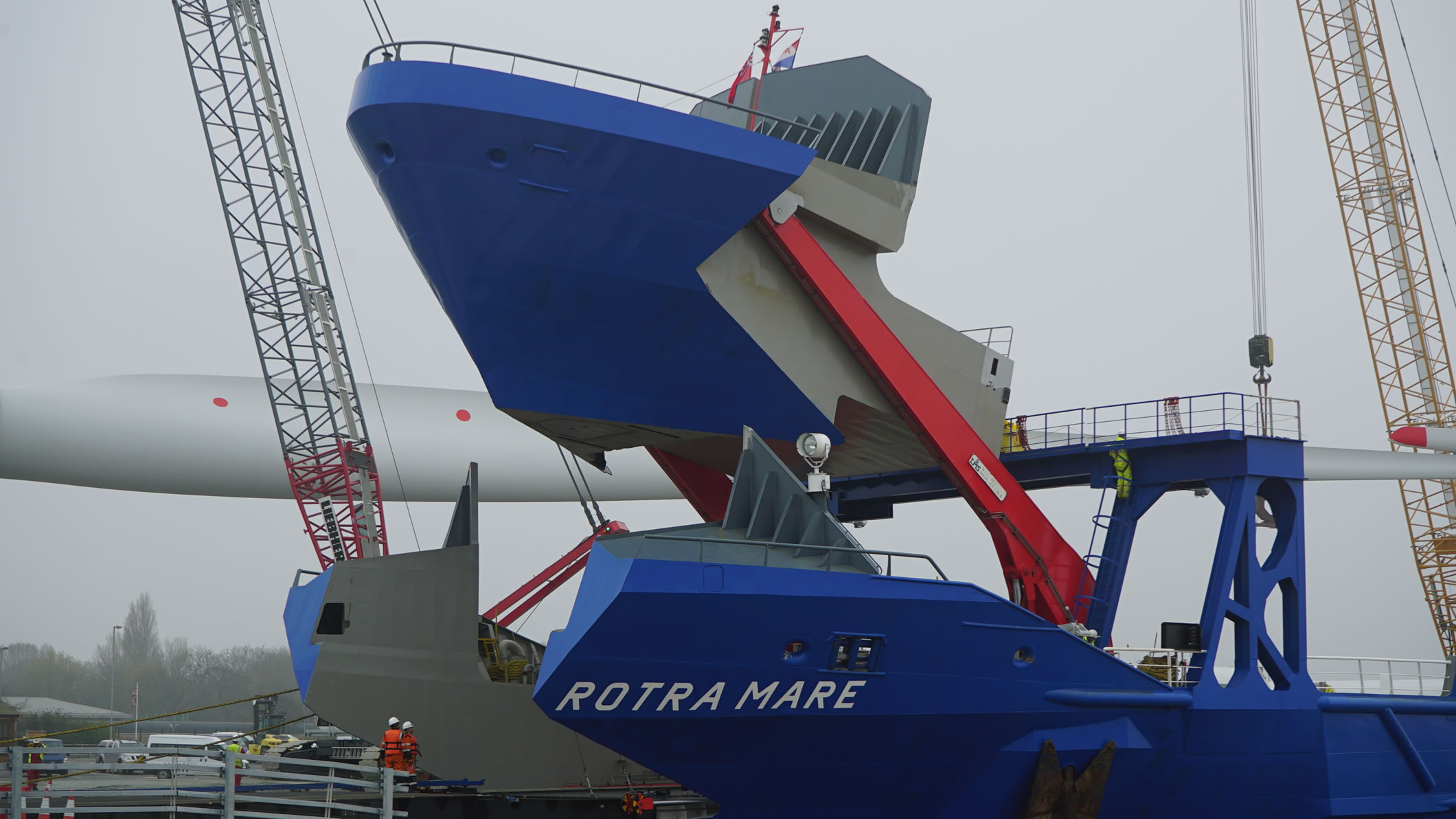
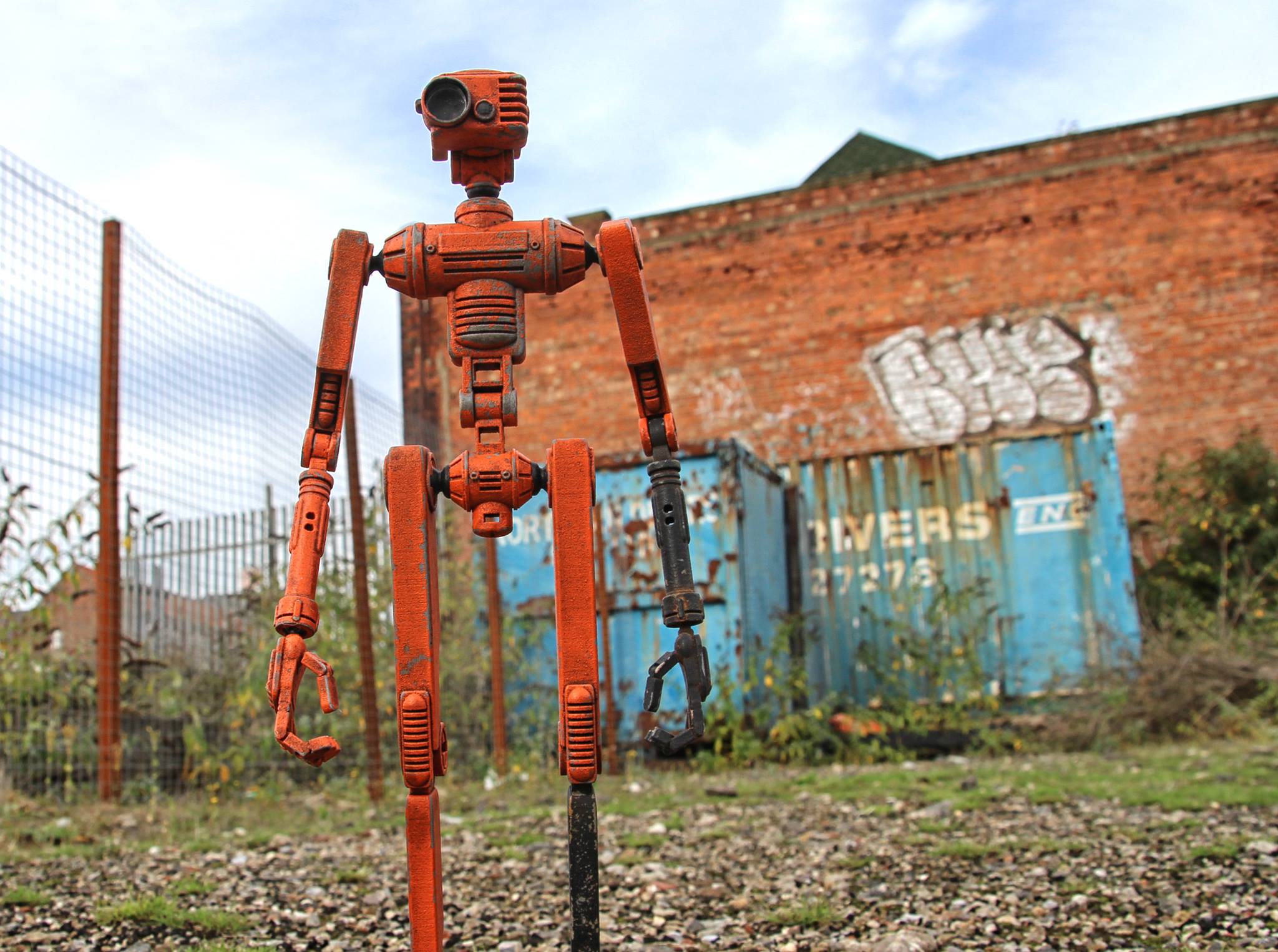
Beyond the Siemens factory, in the town of Hedon we visited the house of Paul Benson – a designer and maker of robot miniatures and owner of the Droid Foundry. Paul kindly offered his vision of the machines of the future…
“Technology has the habit of progressing in leaps and bounds and I think there is little doubt robots will be noticeable by their presence in 2097. They will come in all manner of shapes and sizes, but there will be those that are basically human shaped in terms of having a clearly defined head, torso, arm and leg parts. It would make sense so that could operate equipment and machines designed for human use. I very much doubt whether we will see robots that will actually look like real humans and function like us by 2097.
Basic work robots will be quite utilitarian and designed for many different roles in all weather conditions and environments. With highly efficient and powerful hydraulic systems or rotary motors, robot body forms will be quite simple and straight forward.
Robots may well very expensive to buy and replace so it will be essential for any working part to be replaced quickly and efficiently in any environment and conditions. So for example, should an upper arm unit fail it could be very easily replaced in situ and the robot put back to work as quickly as possible.
Some robots might be seen doing mundane jobs like collecting litter, sweeping roads, unloading cargos etc. whilst others will more dangerous tasks in environments hazardous to humans like working in mines, nuclear power stations, quarries etc. Robots will be capable of working continuously 24/7 until competition of a task, only requiring breaks to reprogramme, recharge their power source or servicing requirements.
In appearance those seen on city streets would be well maintained, possibly brightly coloured and marked with company logos, their designated role and even advertising. Those working in factories or out in the fields will probably look pretty worn with lots of paint chips, dirt and grime. Robots that are metal fabricated might well be quite rusty. Replacement parts will stand out as being clean and possibly in different colours.
Setting tasks will be completed via their Artificial intelligence (AI) units which will be some form of flash drive that can be slotted into their head units. The device will allow the robot to be programmed for a particular task which will allow them to perceive their environment and take actions that maximize their chance of successfully completing a task, simple learning in other words. Some robots may have language units that allow them to respond to the spoken word and therefore can be briefed or set new tasks by their human supervisers. Modifications to basic programming might allow interactions with other robots so that they can work together.”
Paul Benson, the Droid Foundry, Hedon




